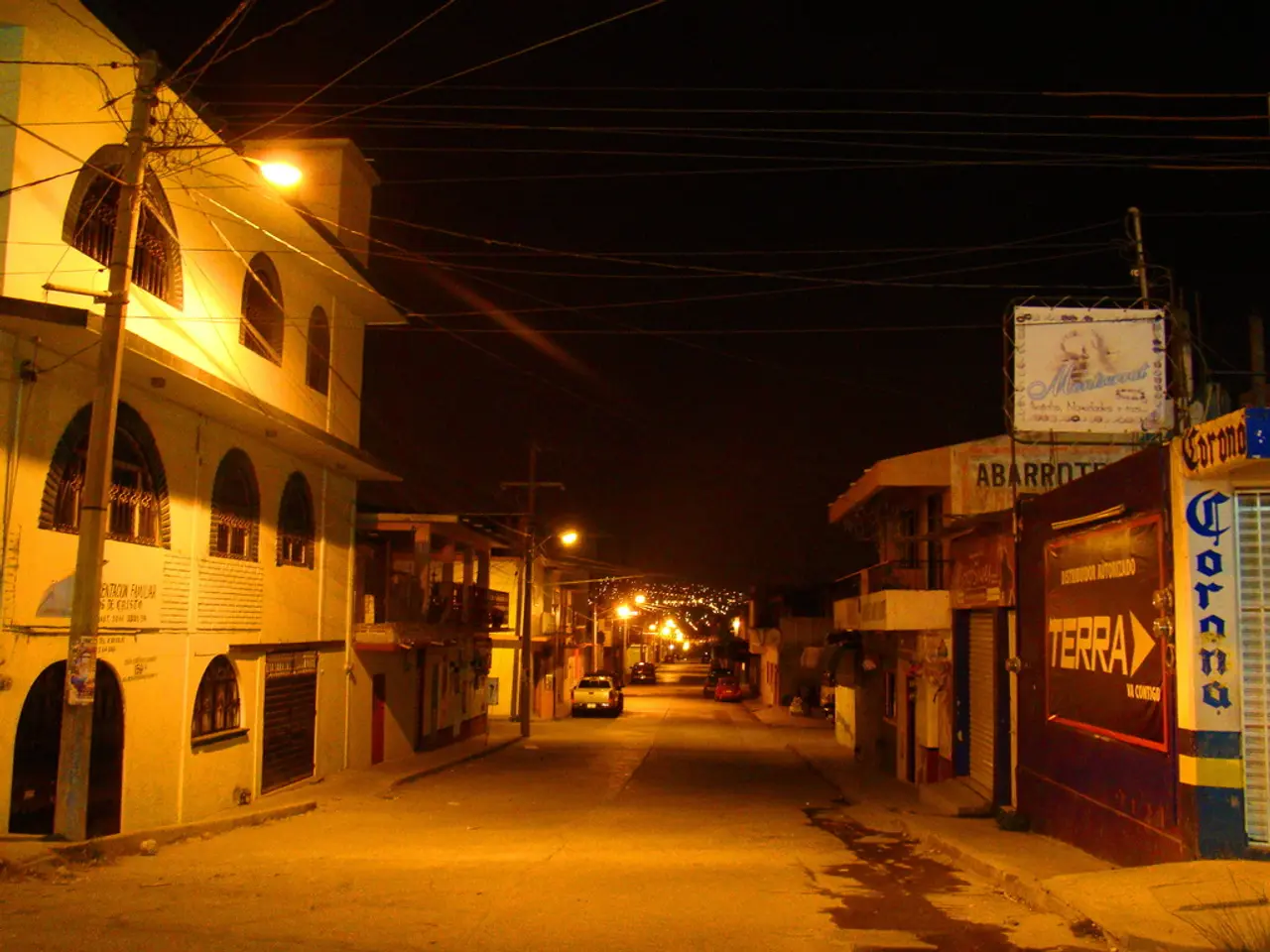Research Findings: Enhanced Competitiveness in Charging Infrastructure, Boosting Charging Facilities Across Germany and Europe
Germany's Public Charging Market Shows Dynamism in 2025
The public charging market in Germany started the year 2025 with a surge, according to Søren Ziems, co-founder and Managing Director of elvah. The market, despite political uncertainties, saw an increase of approximately 16% in both the total estimated energy volume and the number of charging processes compared to the second half of 2024.
The number of charging processes during the same period was a staggering 29 million. The first half of 2025 witnessed particularly notable growth in Belgium (+45%) and the Netherlands (+41%), reflecting a broader trend of almost all European markets showing clear growth.
North Rhine-Westphalia remained the largest individual market for public charging of electric vehicles. However, Berlin, Bremen, and Hesse showed strong growth in charging infrastructure, with growth rates between 19 and 21%. Hamburg, on the other hand, remained the leader in charging processes per capita.
The increasing variety of pricing models could change the competition in the public charging market, according to Ziems. Price actions, flexible tariffs, and dynamic pricing models are becoming strategic instruments in the market. Leading companies currently shaping price strategies for public charging infrastructure in Germany include Enercity, Hamburger Energiewerke, and Digital Charging Solutions.
Enercity, for instance, has introduced an innovative dynamic pricing model based on electricity spot market prices in Hannover. Hamburger Energiewerke recently increased prices by up to 38% and introduced a new tariff and app. Digital Charging Solutions provides charging networks used by many OEM customers. These companies adapt pricing flexibly in a competitive and evolving market to balance economic success and customer needs.
In the AC charging area, municipal and regional suppliers dominate, with growing aggregators such as vaylens and Ladeverbund+ also playing a significant role. EnBW leads the fast-charging segment (DC), with Ionity and Aral Pulse following at a distance.
For charging point operators (CPOs), it will be crucial to optimize their locations not only technically but also economically, according to industry experts. Thuringia, Saxony, and Saarland showed the least strong development in charging infrastructure growth.
Søren Ziems also stated that many charging locations in Germany do not demonstrate sustainable utilization, intensifying competition between operators. The number of active charging points in Germany in the first half of 2025 was over 211,000, representing a 21% increase.
More operators in Germany are experimenting with flexible pricing, according to industry experts. The developments in 2025 will show whether competition in the public charging market will continue to be defined by price, location, and brand.
Read also:
- Accident at Rodalben Results in Injuries; Geoskop Area near Kusel Affected After Stormy Weather
- Army attack in Darfur results in at least 12 fatalities, according to observers
- Rapid diagnostic test using a brief swab of the cheek may identify life-threatening heart condition in pediatric patients, as asserted by medical professionals.
- Prolonged combat for Gaza City forewarned by Israeli military forces








